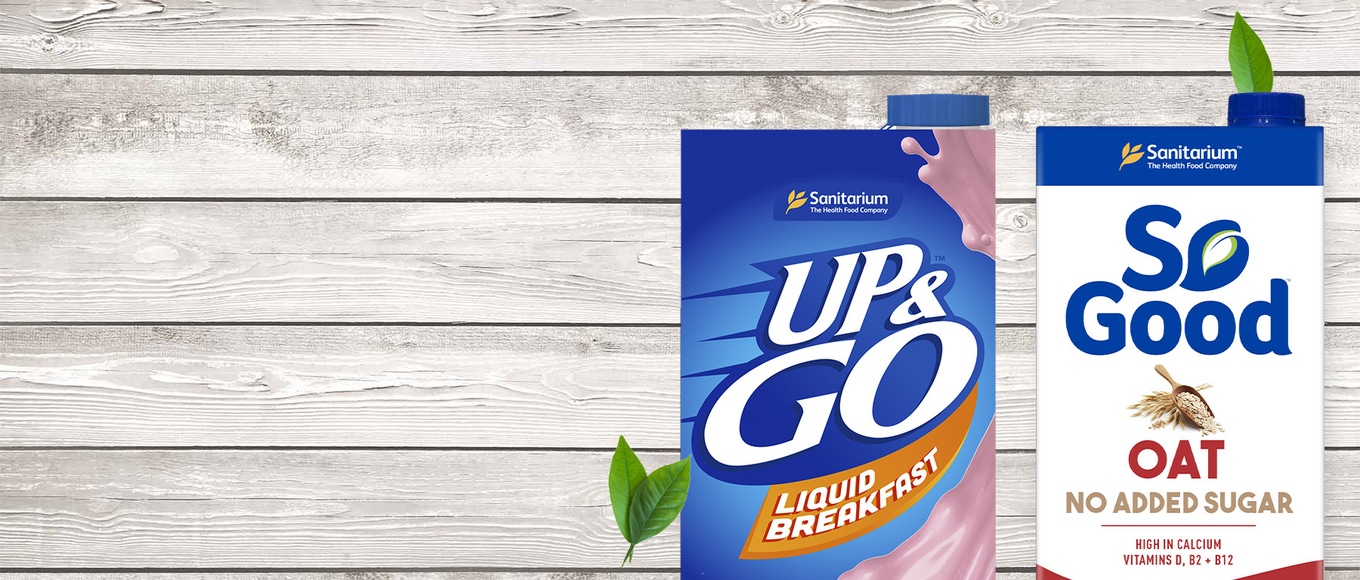
Did you know that long-life cartons, like we use for So Good, The Alternative Dairy Co and UP&GO, have the lowest carbon footprint of the most commonly used packaging in Australia and New Zealand?
A recent Life Cycle Analysis (LCA) of Aseptic Polymer Coated Paperboard, conducted by thinkstep-ANZ on behalf of Tetra Pak, found that these long-life containers compared better than other formats, including aluminium, steel, glass, PET and HDPE plastics and pouches, across all sizes and product categories.
The analysis found that long-life cartons are efficient in terms of greenhouse gases throughout the whole supply chain, despite recyclability challenges in some areas. That’s because cartons are:
Significantly lighter and more space-efficient than other packaging formats
Made of 65% paper from wood fibre, a renewable resource which absorbed carbon when growing as a tree
The peer-reviewed study found that the cartons also performed well against the amount of packaging per mass of product and the amount of plastic per mass of product, key measures of packaging efficiency.
Long-life products can have lower environmental footprints anyway, as they don’t need to be refrigerated until they’re opened.
Want to read the full LCA?
Recycling long-life cartons
Tetra Pak estimates that the recycling rate of long-life cartons across Australia is 26%. Made of paper, plastic and aluminium, they can be problematic as not all councils accept them in their waste facilities. China, which previously accepted many materials for recycling, has introduced a waste ban under its National Sword policy, meaning that the Australian recycling industry is currently exploring local recycling options. We have provided a letter of support to our liquid paperboard suppliers to help kickstart this local recycling initiative and support the circular economy.